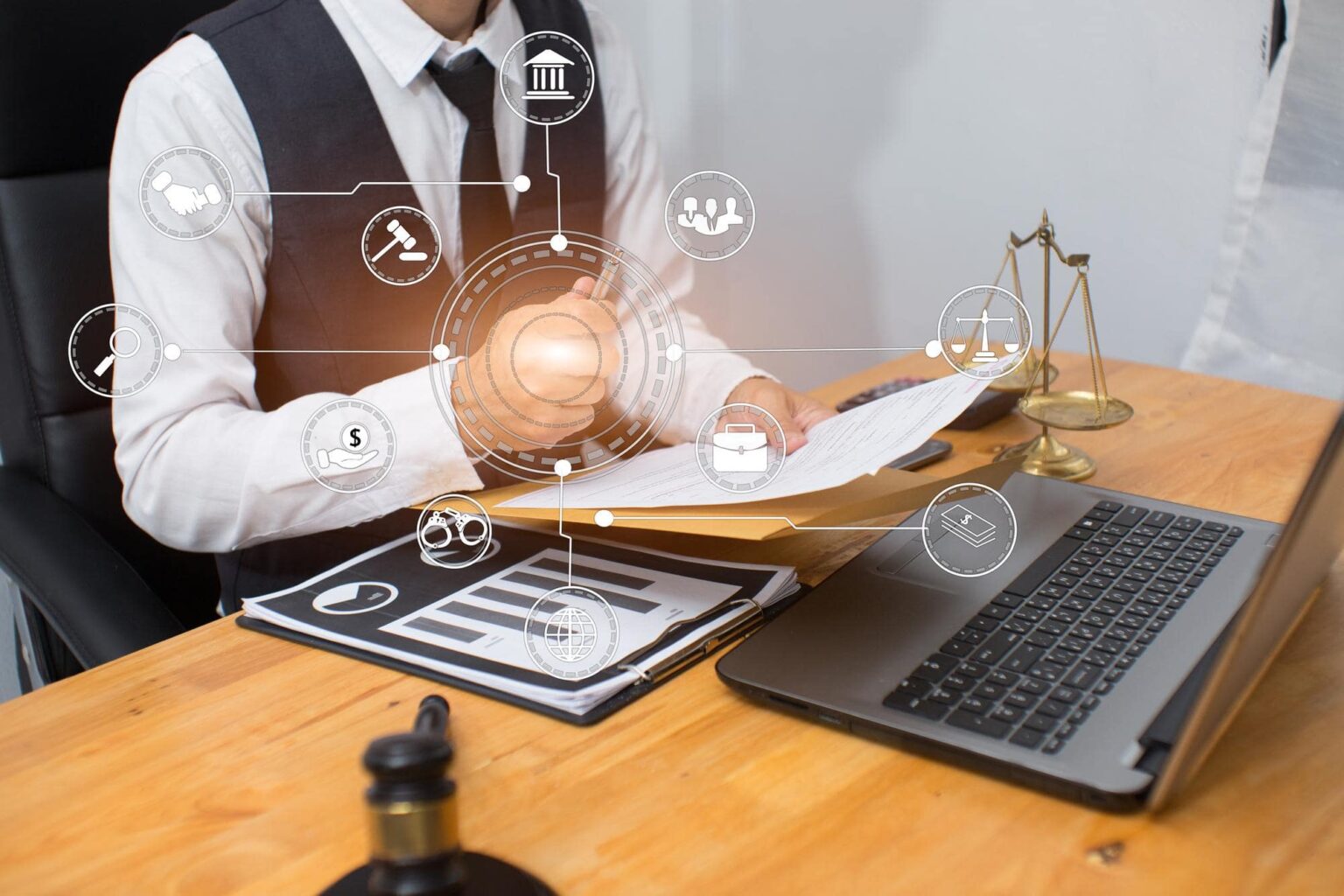Legal research platforms play a crucial role in the legal industry by providing access to comprehensive and relevant information for legal professionals. These platforms leverage technology to aggregate and organize vast amounts of legal content, including case law, statutes, regulations, legal commentary, and other legal documents. Here’s how legal research platforms enhance the efficiency and effectiveness of legal research:
- Extensive Content Coverage: Legal research platforms offer access to a wide range of legal sources, including primary legal materials, secondary sources, and legal commentary. They provide comprehensive coverage of case law from various jurisdictions, statutes and regulations at the federal and state levels, and legal treatises and journals. This extensive content coverage allows legal professionals to access the necessary information for their research and analysis in one centralized platform.
- Advanced Search Capabilities: Legal research platforms incorporate advanced search functionalities that enable users to conduct precise and targeted searches. These platforms often include features such as Boolean search operators, natural language search, proximity searching, and faceted search, allowing users to refine their search queries and retrieve the most relevant results. Advanced search capabilities help save time and increase the accuracy of research outcomes.
- Citation Analysis and Shepardizing: Legal research platforms provide tools for citation analysis and Shepardizing, which allow users to assess the authority and validity of legal citations. These tools analyze the cited cases and statutes to determine their subsequent treatment by courts and identify any negative or positive treatment. This helps legal professionals understand the precedent value of a particular case or statute and evaluate its relevance to their research.
- Cross-Referencing and Linking: Legal research platforms often include cross-referencing features that link related legal materials. For example, when reading a case, users can access related statutes, regulations, and secondary sources cited within the case or linked to it. Cross-referencing and linking capabilities streamline research by providing easy access to additional relevant materials, saving users the time and effort of manually searching for related content.
- Annotations and Highlights: Legal research platforms allow users to annotate and highlight important sections of legal documents. These annotation features enable users to add personal notes, comments, or summaries to specific passages, helping them organize their research and capture key insights for future reference. Annotations and highlights enhance productivity and facilitate knowledge management for legal professionals.
- Collaboration and Sharing: Many legal research platforms offer collaboration and sharing features that enable legal professionals to collaborate on research projects and share documents and annotations with colleagues or clients. These features facilitate collaboration within legal teams, improve workflow efficiency, and enhance knowledge sharing among professionals.
- Updates and Notifications: Legal research platforms provide timely updates and notifications to users regarding new case law, legislative changes, or other legal developments relevant to their research. Users can set up personalized alerts and notifications based on their specific areas of interest, ensuring they stay informed about the latest legal updates and changes that may impact their cases.
- Mobile Accessibility: Legal research platforms often have mobile applications or responsive web interfaces, allowing users to access legal information on-the-go. Mobile accessibility enables legal professionals to conduct research, review cases, and access legal materials conveniently from their mobile devices, increasing flexibility and productivity.
Legal research platforms have revolutionized the way legal professionals conduct research, enabling efficient access to comprehensive and relevant legal information. By leveraging advanced search capabilities, citation analysis, cross-referencing, and collaboration features, these platforms enhance the efficiency, accuracy, and effectiveness of legal research, ultimately contributing to improved legal outcomes.



